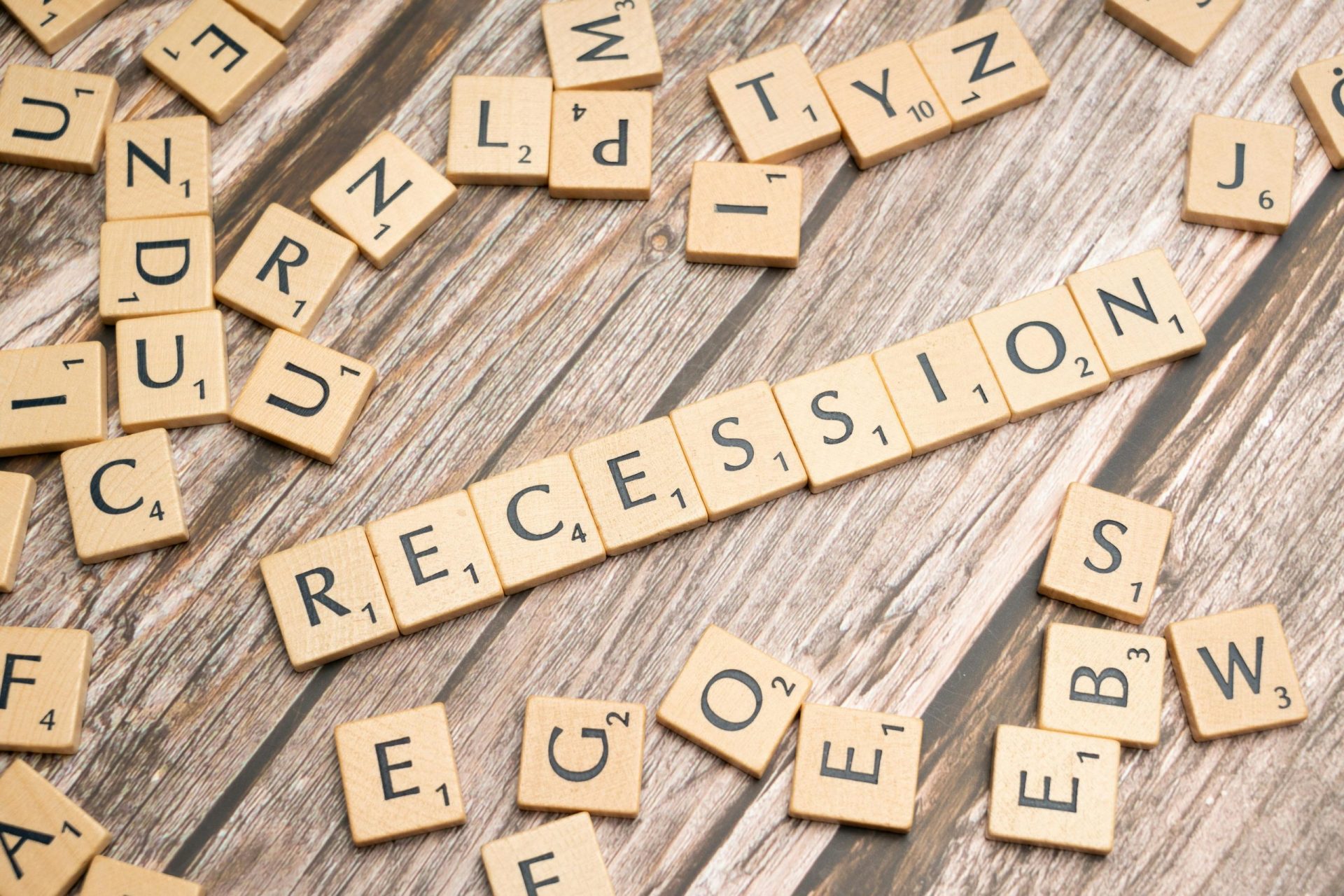Intensifying trade wars, policy unpredictability and market disorder driving fears of an forthcoming recession, hence the global economy stands on dangerous equilibrium in 2025. Forecasters and institutions worldwide advise that the junction of these factors could landfill the world into its first widespread economic depression since the COVID-19 pandemic. Here’s why a global recession appears increasingly predictable:
Tariff Escalation and Trade Wars:The primary catalyst is the Trump administration’s aggressive tariff regime, which has expanded to include a 10% baseline tariff on nearly all imports and targeted rates as high as 145% on Chinese goods. These measures, called “economic nuclear winter” by opponents, interrupt supply chains, inflate consumer prices, and provoke reciprocal actions from trading partners like the EU and China. J.P. Morgan estimates these tariffs could slash U.S. and global GDP by 0.5 percentage points in 2025, with punitive measures worsening the effort, resulting uncertainty has already generated a historic stock market smash in April 2025, removing $ 6.6 trillion in global market value within days.

Inflationary Pressures and Policy Problems:Tariffs are strengthening inflation, with J.P. Morgan forecasting a 2% flow in the U.S. Consumer Price Index, puzzling the Federal Reserve’s efforts to balance progress and price stability while the Fed primarily projected two rate cuts in 2025, market volatility and conflicting signals such as resilient job numbers versus collapsing consumer confidence have created a policy marsh. Goldman Sachs warns that sustained tariffs could push U.S. growth to 1.3%, approaching stagnation.
Demolition of Business and Consumer Sentiment:Business influentials are sounding fears: 60% of CFOs surveyed by CNBC expect a recession by end of 2025, mentioning policy disorder and interrupted planning. Consumer confidence in the U.S. has plunged to an eight-month low, with households facing increasing debt and higher costs for imported goods. This pessimism risks a self-fulfilling cycle, as condensed expenditure and investment further diminish growth.

Global Spillover Effects:No economy is protected. The U.S. slowdown threatens a “1-for-1” shrinkage in global GDP due to interrelated trade and financial structures. Europe and Asia face dual pressures: declining exports to the U.S. and inflationary revenge. For instance, the EU’s retaliatory tariffs on American goods could amplify price hikes for European consumers, while Japan’s Nikkei index has already jumped 9% amid the crisis. Emerging markets, reliant on stable commodity prices, are equally exposed as oil and copper prices tumble on recession fears.
Policy Reversal:While economists strain that a recession is not yet inevitable, avoiding it demands immediate reduction of trade tensions. J.P. Morgan notes a 60% probability of recession if tariffs continue, but this could ease with policy moderation. However, the Trump administration has shown little inclination to backpedal, leaving businesses and markets stimulating for impact.
In conclusion, the world economy is steering a perfect storm of protectionism, inflation, and eroding confidence. Without a coordinated withdrawal from tariff strategy, the path to recession looks gradually inevitable—a crisis not of external shocks, but of self-inflicted injuries.



